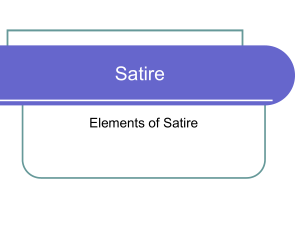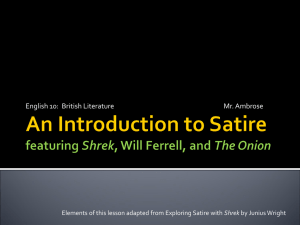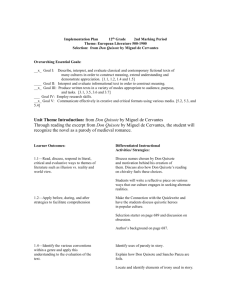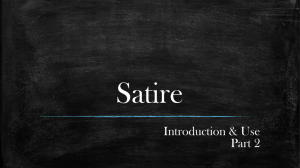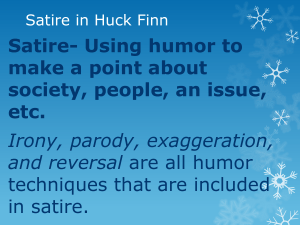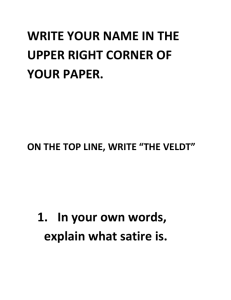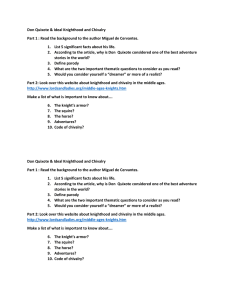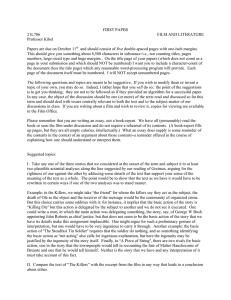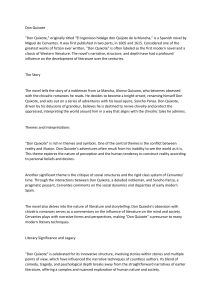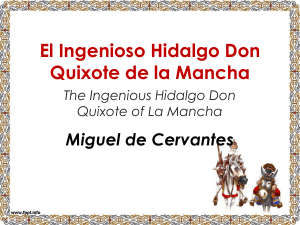Study guide: First Semester – Answer these questions ON A
advertisement
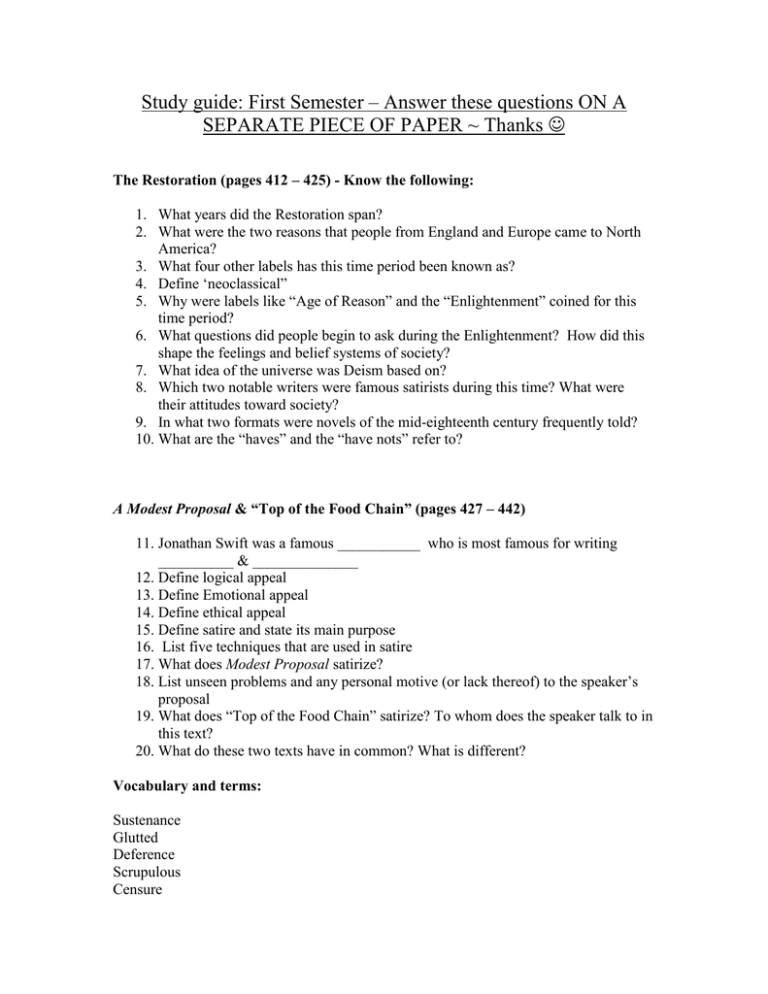
Study guide: First Semester – Answer these questions ON A SEPARATE PIECE OF PAPER ~ Thanks The Restoration (pages 412 – 425) - Know the following: 1. What years did the Restoration span? 2. What were the two reasons that people from England and Europe came to North America? 3. What four other labels has this time period been known as? 4. Define ‘neoclassical” 5. Why were labels like “Age of Reason” and the “Enlightenment” coined for this time period? 6. What questions did people begin to ask during the Enlightenment? How did this shape the feelings and belief systems of society? 7. What idea of the universe was Deism based on? 8. Which two notable writers were famous satirists during this time? What were their attitudes toward society? 9. In what two formats were novels of the mid-eighteenth century frequently told? 10. What are the “haves” and the “have nots” refer to? A Modest Proposal & “Top of the Food Chain” (pages 427 – 442) 11. Jonathan Swift was a famous ___________ who is most famous for writing __________ & ______________ 12. Define logical appeal 13. Define Emotional appeal 14. Define ethical appeal 15. Define satire and state its main purpose 16. List five techniques that are used in satire 17. What does Modest Proposal satirize? 18. List unseen problems and any personal motive (or lack thereof) to the speaker’s proposal 19. What does “Top of the Food Chain” satirize? To whom does the speaker talk to in this text? 20. What do these two texts have in common? What is different? Vocabulary and terms: Sustenance Glutted Deference Scrupulous Censure Expedient Digressed Procure brevity animosities Candide Vocabulary & terms Endowed Candor Pensive Vivacity Consternation prodigy clemency hyperbole warped logic outlandish situation incongruity deadpan understatement Don Quixote by Miguel de Cervantes 1. 2. 3. 4. 5. 6. Define parody and its goal What does Don Quixote parody? Know basic facts about Miguel de Cervantes’ life (page 474) Define the difference between satire and parody Describe the code of conduct Don Quixote follows and why Describe why Sancho Panza is a foil Vocabulary and Terms Succor Enmity Victuals Vigil Flaccid Disposition Quixotic Incongruity
